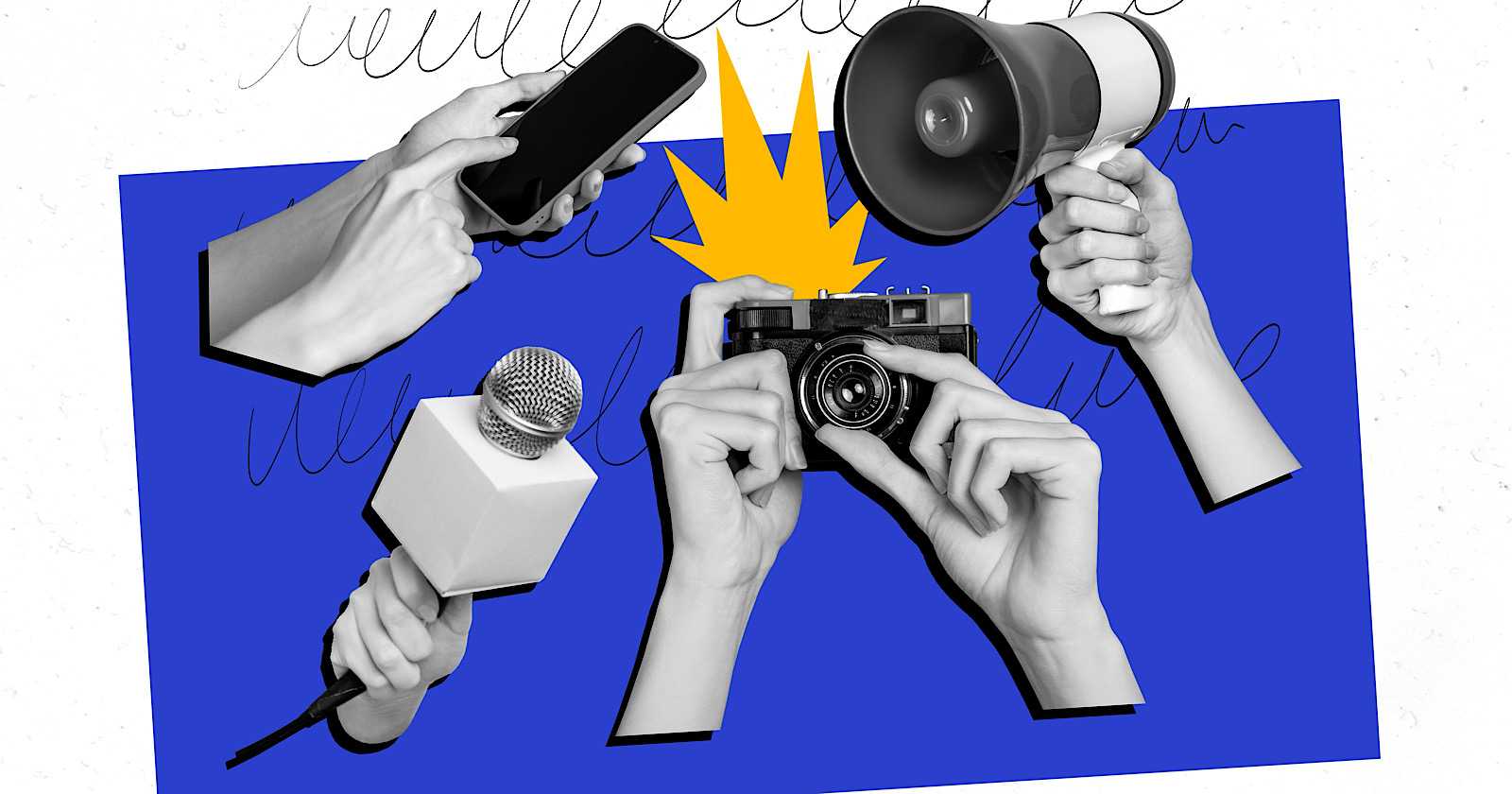Google AI Overviews Favor Major News Outlets: Study Reveals
New research reveals that Google’s AI Overviews tend to favor major news outlets.
The top 10 publishers capture nearly 80% of all news mentions. Meanwhile, smaller organizations struggle for visibility in AI-generated search results.
SE Ranking analyzed 75,550 AI Overview responses for this study. They found that only 20.85% cite any news source at all. This creates tough competition for limited citation spots.
Among those citations, three outlets dominate: BBC, The New York Times, and CNN account for 31% of all media mentions.
Citation Concentration
The research shows a winner-takes-all pattern in AI Overview citations. BBC leads with 11.37% of all mentions. This happens even though the study focused on U.S.-based queries.
The concentration gets worse when you look at the bigger picture. Just 12 outlets make up 40% of those studied. But they receive nearly 90% of mentions.
This leaves 18 remaining outlets sharing only 10% of citation opportunities.
The gap between major and minor outlets is notable. BBC appears 195 times more often than the Financial Times for the same keywords.
Several well-known outlets get little attention. Financial Times, MSNBC, Vice, TechCrunch, and The New Yorker together account for less than 1% of all news mentions.
The researchers explain the underlying cause:
“Well, Google mostly relies on well-known news sources in its AIOs, likely because they are seen as more trustworthy or relevant. This results in a strong bias toward major outlets, with smaller or lesser-known sources rarely mentioned. This makes it harder for these domains to gain visibility.”
Beyond Traditional Search Rankings
The concentration problem extends beyond citation counts.
40% of media URLs mentioned in AI Overviews appear in the top 10 traditional search results for the same keywords.
This means AI Overviews don’t just pull from the highest-ranking pages. Instead, they seem to favor sources based on authority signals and content quality.
The study measured citation inequality using something called a Gini coefficient. The score was 0.54, where 0 means perfect equality and 1 means maximum inequality. This shows moderate but significant imbalance in how AI Overviews distribute citations among news sources.
The researchers noted:
“AIOs consistently favor a subset of high-profile domains, instead of evenly citing all sources.”
Paywalled Content Concerns
The research also reveals patterns about paywalled content use.
Among AI Overview responses that link to paywalled content, 69% contain copied segments of five or more words. Another 2% include longer copied segments over 10 words.
The paywall dependency is strong for premium publishers. Over 96% of New York Times citations in AI Overviews come from behind a paywall. The Washington Post shows an even higher rate at over 99%.
Despite this heavy use of paywalled material, only 15% of responses with long copied segments included attribution. This raises questions about content licensing and fair use in AI-generated summaries.
Attribution Patterns & Link Behavior
When AI Overviews do cite news media, they average 1.74 citations per response.
But here’s the catch: 91.35% of news media citations appear in the links section rather than the main text of AI responses.
Media outlets face another challenge with brand recognition. Outlets are four times more likely to be cited with a hyperlink than mentioned by name.
But over 26% of brand mentions still appear without links. This often happens because AI systems get information through aggregators rather than original publishers.
Query Type Makes a Difference
The type of search query affects citation chances.
News-related queries are 2.5 times more likely to include media citations than general queries. The rates are 20.85% versus 8.23%.
This suggests opportunities exist for publishers who can become go-to sources for specific news topics or breaking news. But the overall trend still favors big players.
What This Means
The research suggests that established outlets benefit from existing authority signals. This creates a cycle where citation success leads to more citation opportunities.
As AI Overviews become more common in search results, smaller publishers may see less organic traffic and fewer chances to grow their audience.
For smaller publishers trying to compete, SE Ranking offers this advice:
“To increase brand mentions in AIOs, get backlinks from the sources they already cite for your target keywords. This is one of the greatest factors for improving your inclusion chances.”
Researchers note that the technical infrastructure also matters:
“AI tools do observe certain restrictions based on website metadata. The schema.orgmarkup, particularly the ‘isAccessibleForFree’ tag, plays a significant role in how content is treated.”
For smaller publishers and content marketers, the data points to a clear strategy: focus on building authority in specific niches rather than trying to compete broadly across topics.
Some specialized outlets get higher text inclusion rates when cited. This suggests topic expertise can provide advantages in certain cases.
Looking Ahead
SE Ranking’s research shows that only 20.85% of AI Overviews reference news sources, with a few major publishers dominating, capturing 31% of citations.
Despite this concentration, opportunities exist. Publishers who establish authority in specific niches experience higher inclusion rates in AI Overviews.
Additionally, since 60% of cited content doesn’t rank in the top 10, traditional SEO metrics alone don’t guarantee visibility. Success now requires building the trust signals and topical authority that AI systems prioritize.
Featured Image: Roman Samborskyi/Shutterstock




